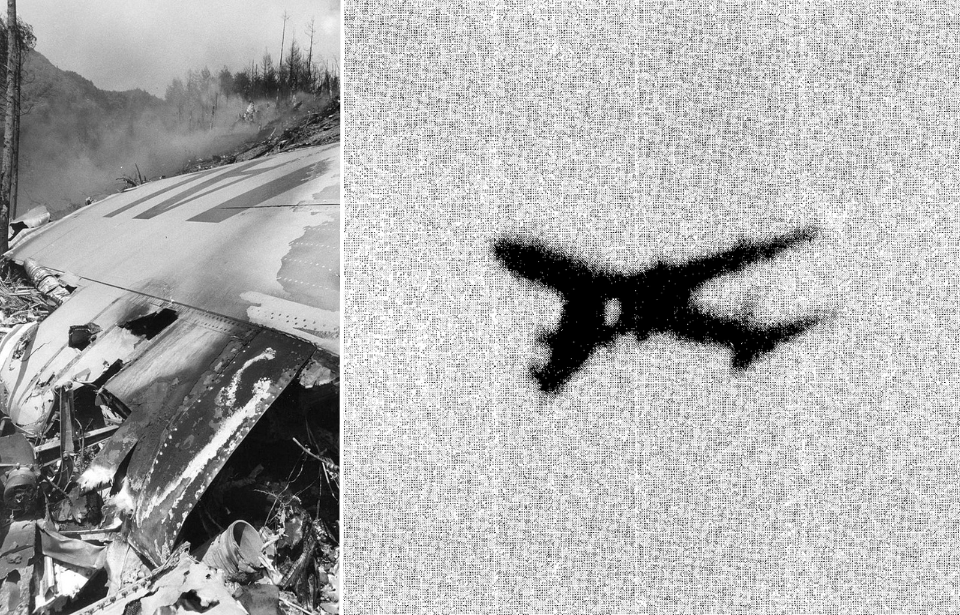Aviation technology has developed rapidly since the beginning of the 20th century and contemporary aircraft are maintained and exceptionally safe. In fact, traveling by air is considered much safer than any kind of travel on the ground, since the abundance of vehicles involved in ground traffic presents a statistically higher risk of a fatal error or an unexpected event.
However, aviation accidents do happen and they’re usually deadly, mainly because of the extreme forces involved and the heights from which aircraft descend. The crash of Japan Air Lines Flight 123 is infamous for being the deadliest single-aircraft accident in history, with 505 passengers and 15 crew members losing their lives in the disaster.
Loss of Japan Air Lines Flight 123
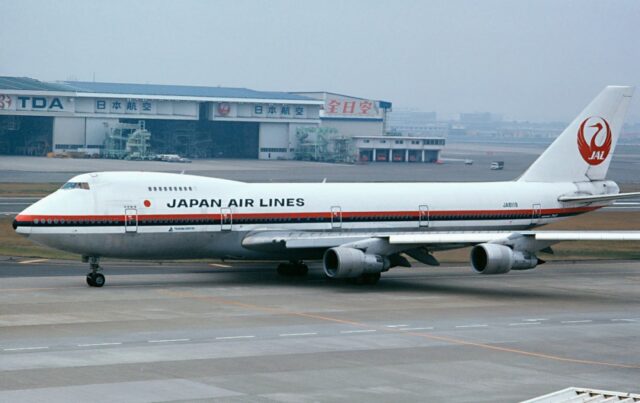
Japan Air Lines Flight 123 was a Boeing 747SR-46, which departed from Haneda Airport in Tokyo at 6:12 PM on August 12, 1985. It was flying south with 524 passengers and 15 crew members, and its destination was Osaka International Airport.
After 12 minutes of worry-free flying, the aircraft suddenly suffered an explosive decompression, which caused severe damage, including destroying the vertical stabilizer and cutting all four hydraulic lines. Aware the situation was dire, the pilot sent out a distress signal via the airliner’s transponder.
The aircraft’s cabin depressurized and the passengers were immediately forced to wear oxygen masks. The decompression also caused the crew to lose control of the hydraulics, leading the airliner to swerve and crash into Mount Takamagahara, 62 miles from Tokyo.
A difficult rescue operation
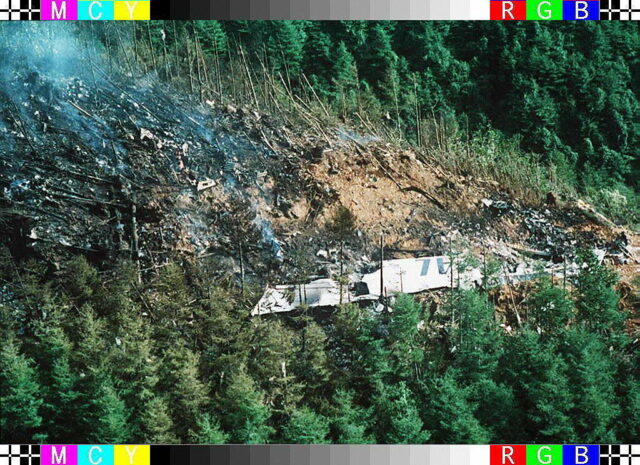
Aware of the situation, US Air Force airmen stationed at Yokota Air Base, Tokyo were prepared to launch a rescue mission. This was called off at the request of Japanese authorities. That being said, the Americans were the first to locate the crash site just 20 minutes after the aircraft made impact with Mount Takamagahara and radioed its coordinates to the relevant authorities.
Despite the crash occurring just before 7:00 PM, it wasn’t until nightfall that a Japan Self-Defense Forces helicopter spotted the wreckage. Further delays were caused by poor weather conditions and the difficult terrain, and it wasn’t until the next morning, some 14 hours later, that search crews began scaling the mountain and reached the site.
While the majority of casualties were caused by the crash itself, it was later determined that several passengers had lost their lives to exposure and their injuries following the crash. This indicated that, if the search effort had been launched earlier, there likely would have been more survivors.
Investigating the deadly incident
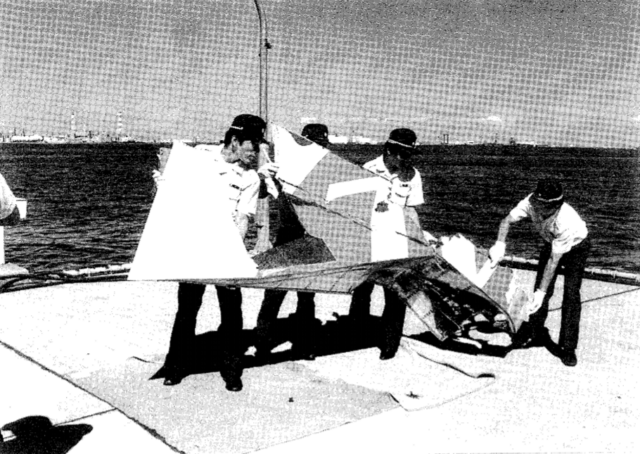
The official investigation into the loss of Japan Air Lines Flight 123 shows the pilots managed to keep the aircraft in the sky for another 32 minutes after the depressurization. Several experts re-enacted the accident with a flight simulator, but none of them managed to prevent the crash or even stay in the air longer than 12 minutes after the hydraulics malfunction.
After the accident, an investigation revealed the cause was that the aft pressure bulkhead had been improperly fixed seven years earlier by Boeing technicians. Japan Air Lines never assumed the responsibility for the accident. However, the company’s president resigned, and the maintenance manager and engineer who’d cleared the aircraft for takeoff took their own lives out of overwhelming guilt.
As a result of the notoriety of the crash, Japan Air Lines no longer uses “Flight 123” to designate the flight from Tokyo to Osaka. Instead, it’s known as “Flight 127,” and the company uses Boeing 767 and 777s, instead of the 747.
Four passengers survived the loss of Japan Air Lines Flight 123
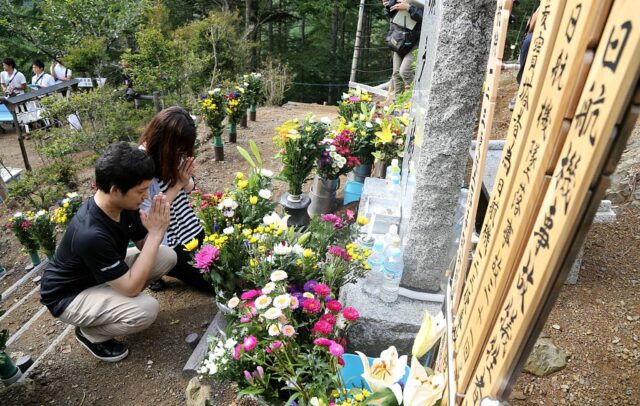
Despite the circumstances of the accident, Japan Air Lines Flight 123 proved that, even in the deadliest of crashes, there’s hope for survival, as four female passengers miraculously survived the disaster.
Yumi Ochiai, a 26-year-old off-duty flight attendant; 12-year-old Keiko Kawakami; and mother and daughter Hiroki and Mikiko Yoshizaki miraculously survived the crash. All of them were seated in the left row in the rear of the aircraft, and this was the only part that remained intact.
More from us: Aloha Airlines Flight 243 Lost Its Roof Mid-Flight and Still Landed Safely
Kawakami was found under debris. She’d been catapulted out of her seat when the airliner hit the mountain and landed on top of a nearby bush. While she suffered extensive injuries and had to be treated at a hospital for three months, she fully recovered and continued to live her life. Still, the disastrous accident changed her life: both her parents and younger sister were killed.
